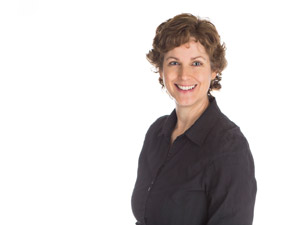Every year, this time of year, I begin to get anxious and dread the darkness and dreariness of late fall. I love fall and I also love winter but I really struggle with the time in between. The very short daylight hours, the cold wet rains and lack of bright sunshine and time spent outside really impact my mood, my activity level and my productiveness……I really think I was meant to hibernate.
Knowing that I can’t curl up in a ball on the couch and suffer through these next two months has me thinking ahead with a game plan of how to address these hurdles.
1. If there is a glimpse of sunshine I get outside. I try to go for a walk, go for a drive, sit out in a lawn chair or anything else I can think of to get me in the sunshine.
2. I choose to sleep more. I try to go to bed a bit earlier since the evenings are so long and really stay on top of my rest. This helps me feel rested and more motivated to exercise.
3. Exercise…..yes, I purposely plan my exercise routine as I would be very likely to skip it if it is rainy, dark or cold; even if I was planning to exercise inside. This helps to kick start those exercise endorphins and boost mood.
4. I participate in a hobby that requires very good lighting. I enjoy knitting, card making and reading. These all require me to focus for an hour or so with very good lighting tricking me into thinking I’m exposed to more light as well as feeling more productive.
5. Even if the skies are dark but clear and especially if the moon is bright I enjoy stargazing. If it is going to be dark I might as well take in some of the beauty in the night’s sky. I particularly enjoy the full moon over water so I may go to the local beach to take it in.
6. I take comfort in knowing that December 21st is the shortest day of the year and that the bright snow and longer days in January and February signal the turn of the corner.
If the weather this time of year begins to impact your desire to get active, we can offer you a fun, bright, dryplace in our fitness centre. Visit us to see our facility during staffed hours and pick up a free day pass.

Sarah Estabrooks, Kinesiologist
Sarah Estabrooks is a kinesiologist and runs the Fitness Centre at the Human Performance Centre. She can be contacted at 738-3554.









